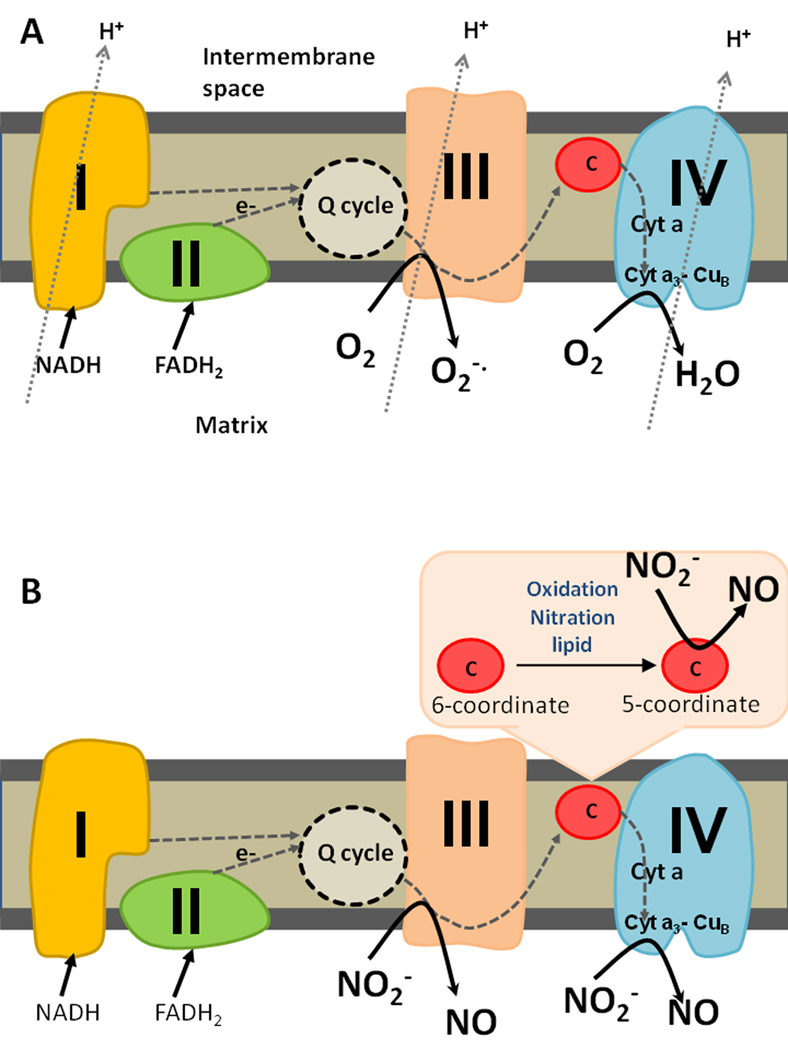Figure 1. Sites of mitochondrial nitrite reduction.
(A) In normoxia, electrons enter the respiratory chain at complex I or II and are shuttled through the Q cycle to complex III. While most electrons are then shuttled to cytochrome c and then to complex IV, where oxygen binds the binuclear center (cyta3 CuB) and acts as the terminal electron acceptor, some electrons escape at complex III to generate superoxide. Protons are pumped from the matrix to the intermembrane space through the complexes to set up a proton gradient for ATP generation. (B) During hypoxia, nitrite can be reduced at complex III or cytochrome c oxidase (complex IV). If cytochrome c is converted to its pentacoordinate form (through oxidation, nitration or association with anionic lipid), it can act as a site of nitrite reduction.

